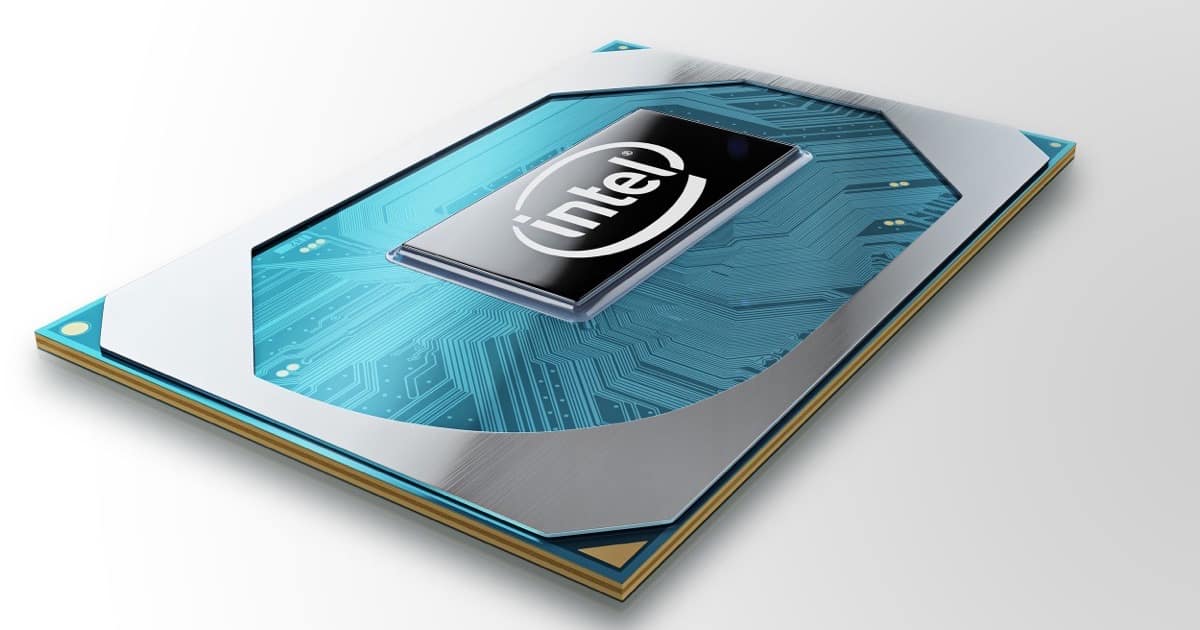Project Circuit Breaker is an expansion of Intel’s bug bounty program that hosts targeted time-boxed events on specific new platforms and technologies. It provides training and creating opportunities for more hands-on collaboration with Intel engineers.
Project Circuit Breaker
Project Circuit Breaker’s first event, Camping with Tigers, is already underway with a group of 20 researchers who received systems with Intel Core i7 processors (formerly “Tiger Lake”). Katie Noble, director, Intel Product Security Incident Response Team (PSIRT) and Bug Bounty:
Project Circuit Breaker is possible thanks to our cutting-edge research community. This program is part of our effort to meet security researchers where they are and create more meaningful engagement. We invest in and host bug bounty programs because they attract new perspectives on how to challenge emerging security threats – and Project Circuit Breaker is the next step in collaborating with researchers to strengthen the industry’s security assurance practices, especially when it comes to hardware. We look forward to seeing how the program will evolve and to introducing new voices to the meaningful work that we do.
Camping with Tigers launched in December and will end in May, with bounty multipliers being offered at three milestones for eligible vulnerabilities. Project Circuit Breaker will supplement Intel’s existing bug bounty program, which rewards researchers for original vulnerability findings on any eligible branded products and technologies. This program helps Intel to identify, mitigate and disclose vulnerabilities.
Tiger Lake processors were introduced in 2020 and therefore aren’t found within Macs, as that was also the year Apple released its first Mac with an M1 chip. However, it’s possible that the project, or the program in general, could eventually host events to find bugs within older Intel Macs.
Tom Garrison, vice president and general manager of Client Security Strategy & Initiatives at Intel: “s we aim to develop the most comprehensive security features, we also realize the incredible value of deeper collaborations with the community to identify potential vulnerabilities and mitigate them for the ongoing improvement of our products.”
